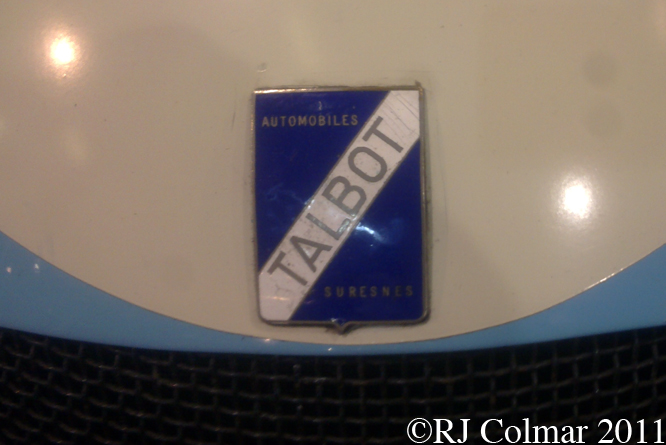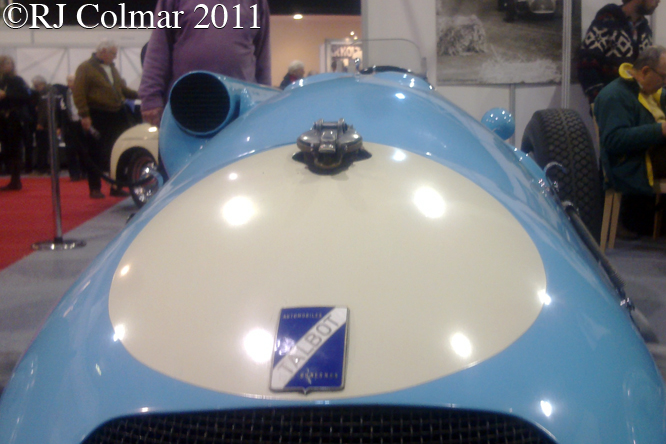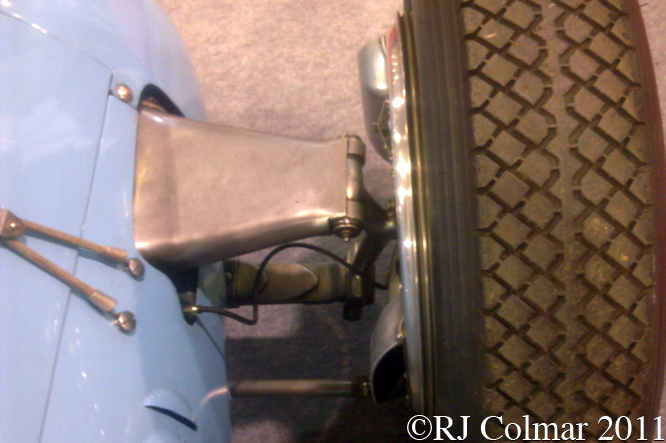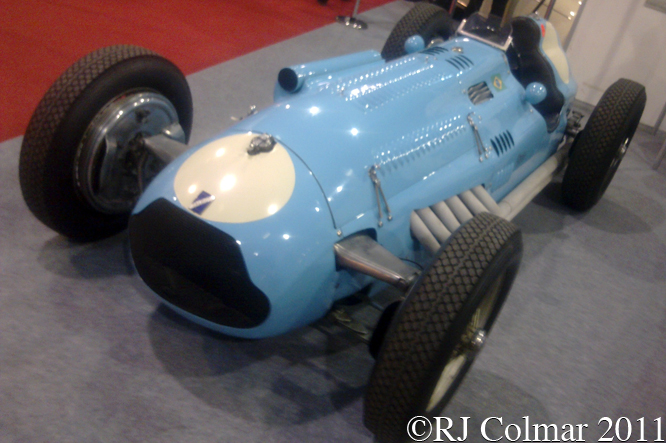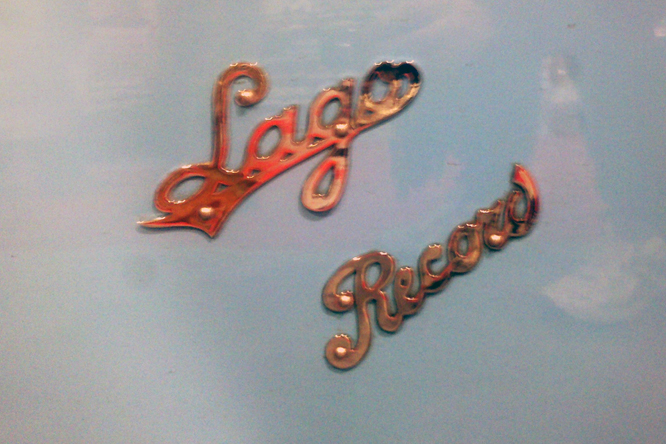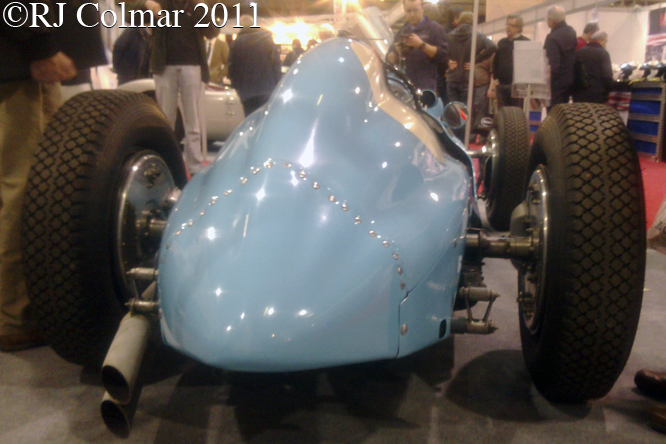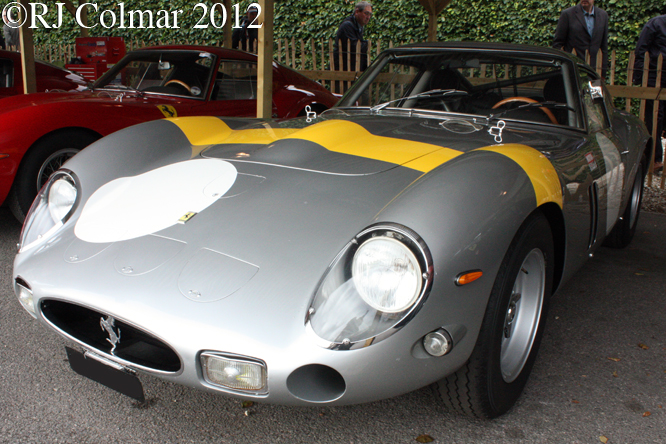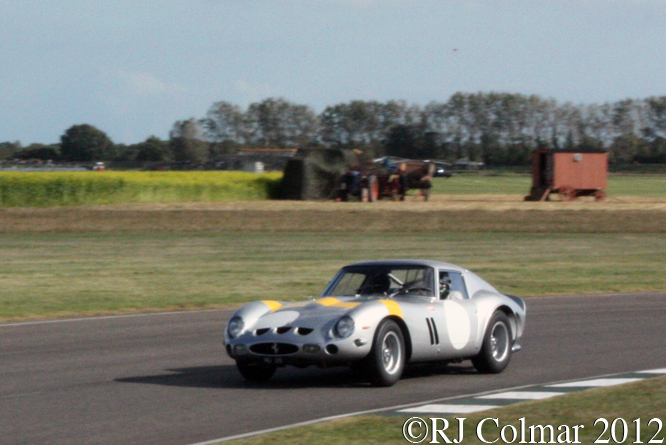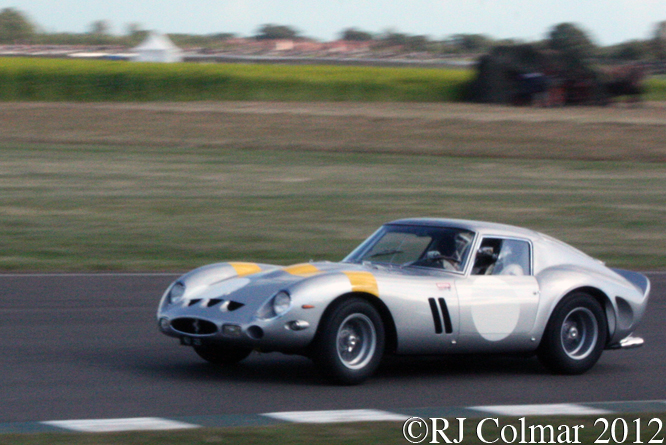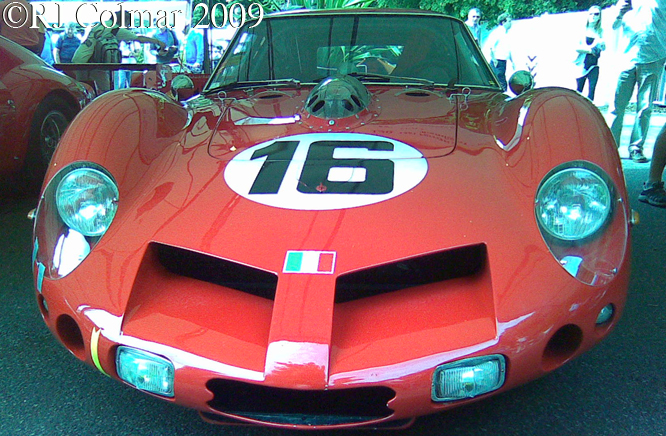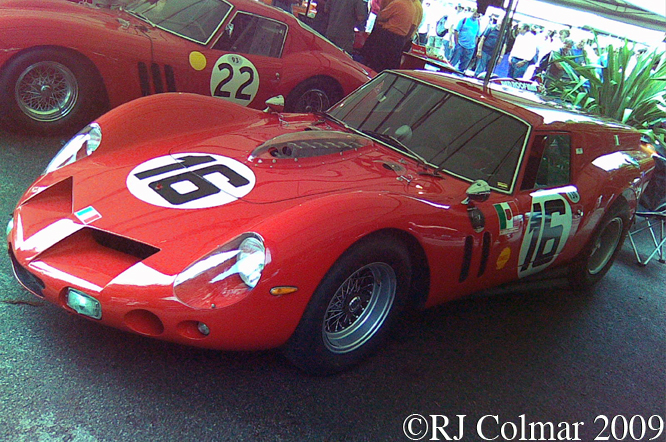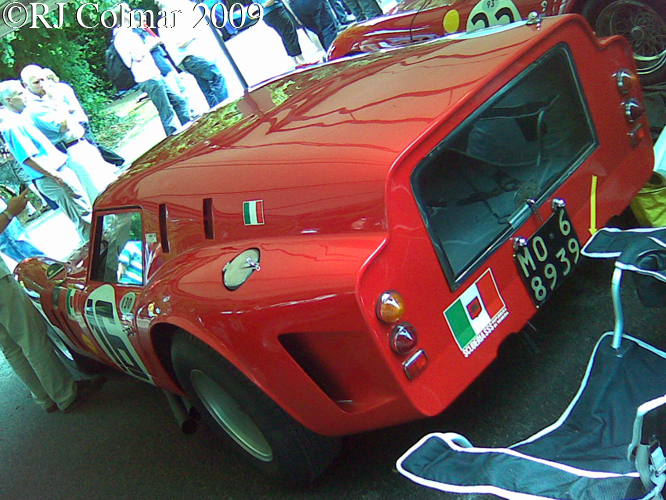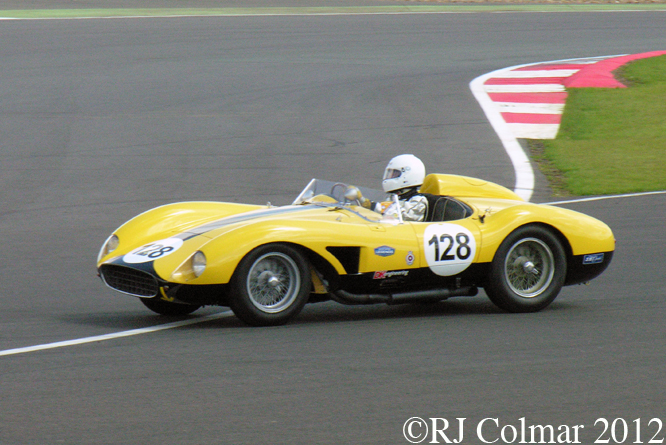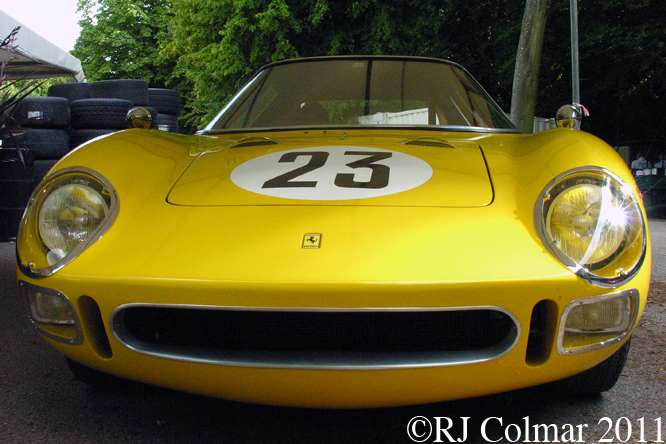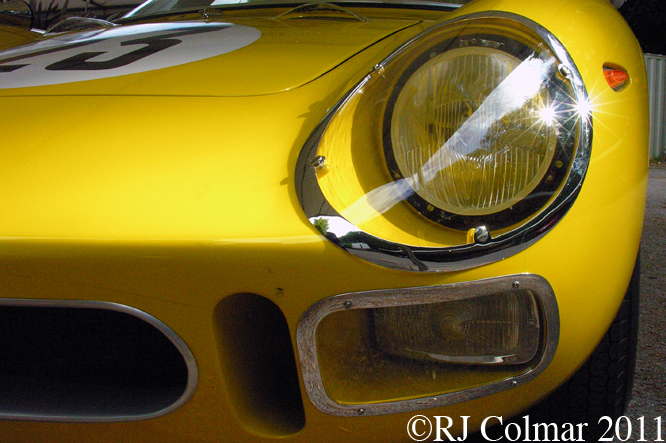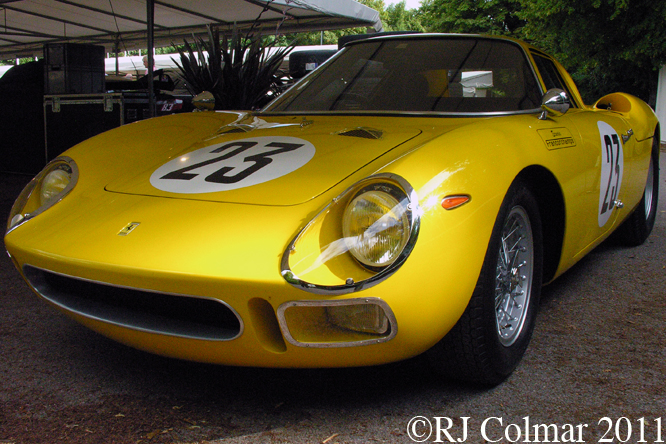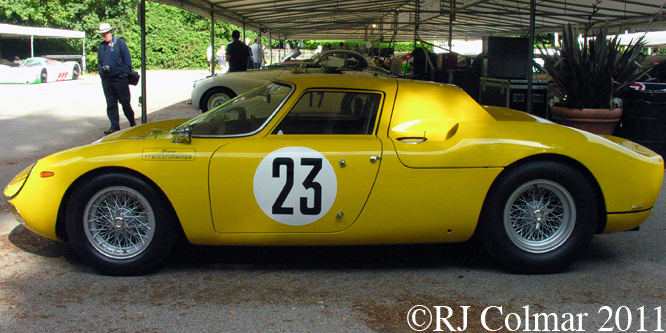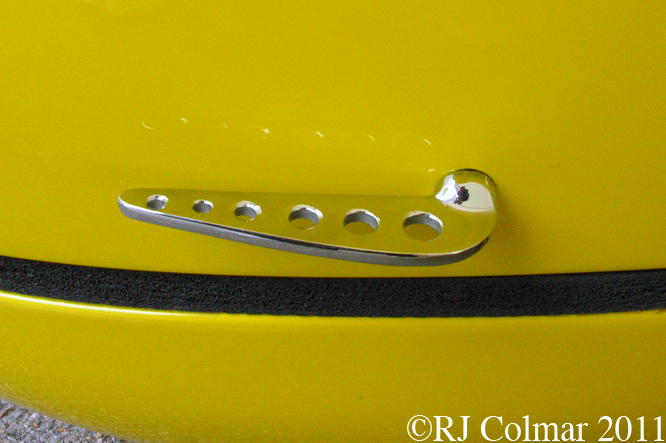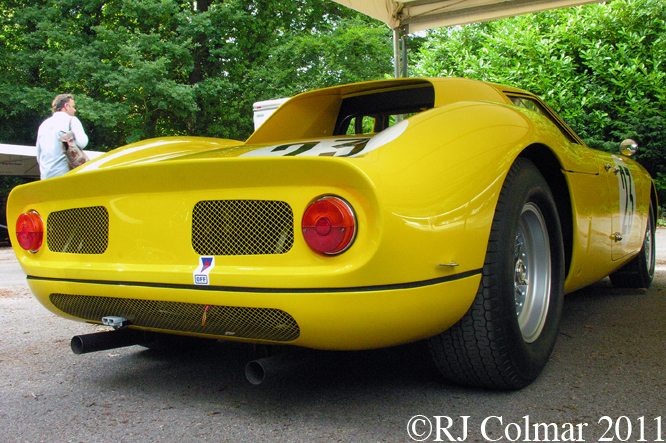In 2009 John Booth’s Manor Grand Prix was one of three teams selected to join the Formula One™ Chmpionship series in 2010, by which time the team had change it’s name to Virgin Racing in deference to their principle backer the Virgin budget airline.
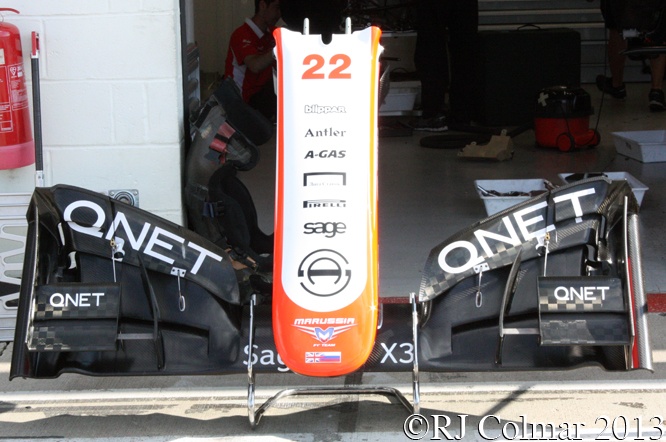
None of the three new teams did particularly well in 2010 and Virgin racing finished the season with the Championships would spoon for scoring a seaoson high two 14th place finishes like Hispania Racing F1 Team (HRT) but with only one 15th place were unable to match the Spanish teams three 15th place finishes.
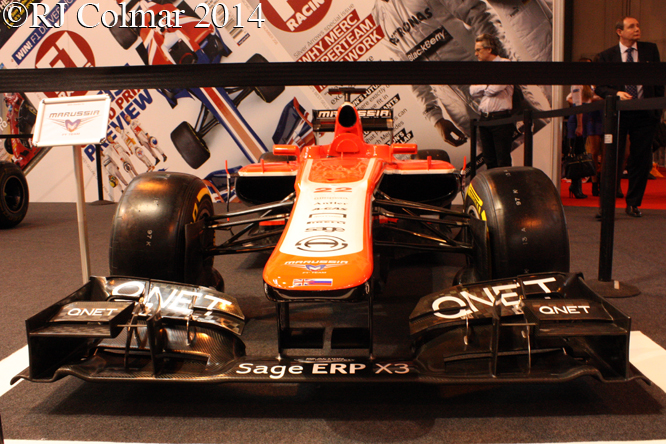
In 2011 Russian automobile manufacturer and sponsor Marussia’s increased involvement in the team was recognised by a change of name to Marussia Virgin Racing but the team finished the season with a second consecutive wooden spoon with three season high 15th place finishes unable to match the single 13 th place finish scored by HRT.

In 2012 the team became known as the Marussia F1 Team as Virgin ceased it’s involvement after two disappointing years. With two season high 14th place race finishes Marussia finally bested HRT who could only manage a season high 15th place race finishes before the Spanish team folded at the season’s end.

Rookies Jules Bianchi, seen above during Practice Session 1 (P1) of the British Grand Prix and Max Chilton, seen during the Young Driver Test below joined Marussia for 2013.

Marussia also hired former Renault Technical Director Pat Symonds to act as a consultant and employed input from McLaren Applied Technologies wind tunnel on their MR02 design.

By now Marrusia were the only team still using the most affordable but unfancied Cosworth V8 spec motors, closest rivals Caterham having switched to Renault power in 2011. Venezuelan test driver Rodolfo González is seen driving the Marussia Cosworth MR02 during the Young Driver Test at Silverstone above.

Despite regularly qualifying behind the Renault powered Caterhams Jules managed not only to regularly out qualify team mate Max but against expectations Max also finished a season high 13th in Malaysia which turned out to be enough to save Marussia from regaining the Formula One wooden spoon in 2013.
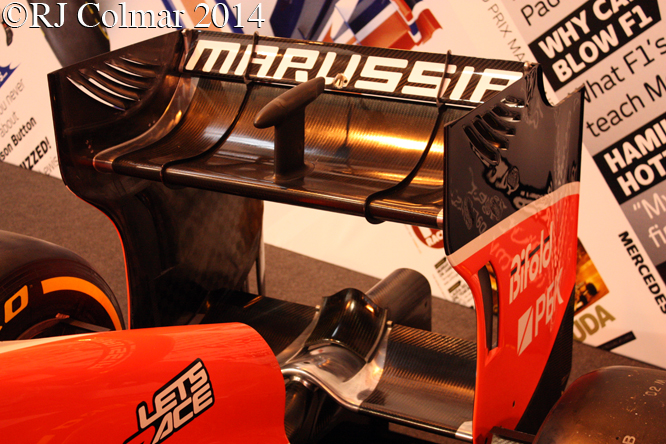
Max meanwhile became the first rookie in the history of Formula One to finish every race of the entire season, Jules had three retirements, a finishing feat only matched in 2013 by seasoned McLaren drivers Jenson Button and Sergio Perez.

For the first time in the teams history Marussia will keep the same driver line up for 2014 while much else changes, Pat Symonds has been snapped up by the, relative to their own Championship winning standards, struggling Williams team.
So far we know that Marussia will employ a Ferrari power train on the 2014 MR03 design, to keep abreast of Marussia’s developments you might try joining the fastest growing Formula One Team facebook page on this link or try Marussia’s official web site here.
Thanks for joining me on this “Reliability Dividend” edition of “Gettin’ a li’l psycho on tyres” I hope you will join me again tomorrow when I’ll be looking at a field full of Indiana State law enforcement vehicles. Don’t forget to come back now !


